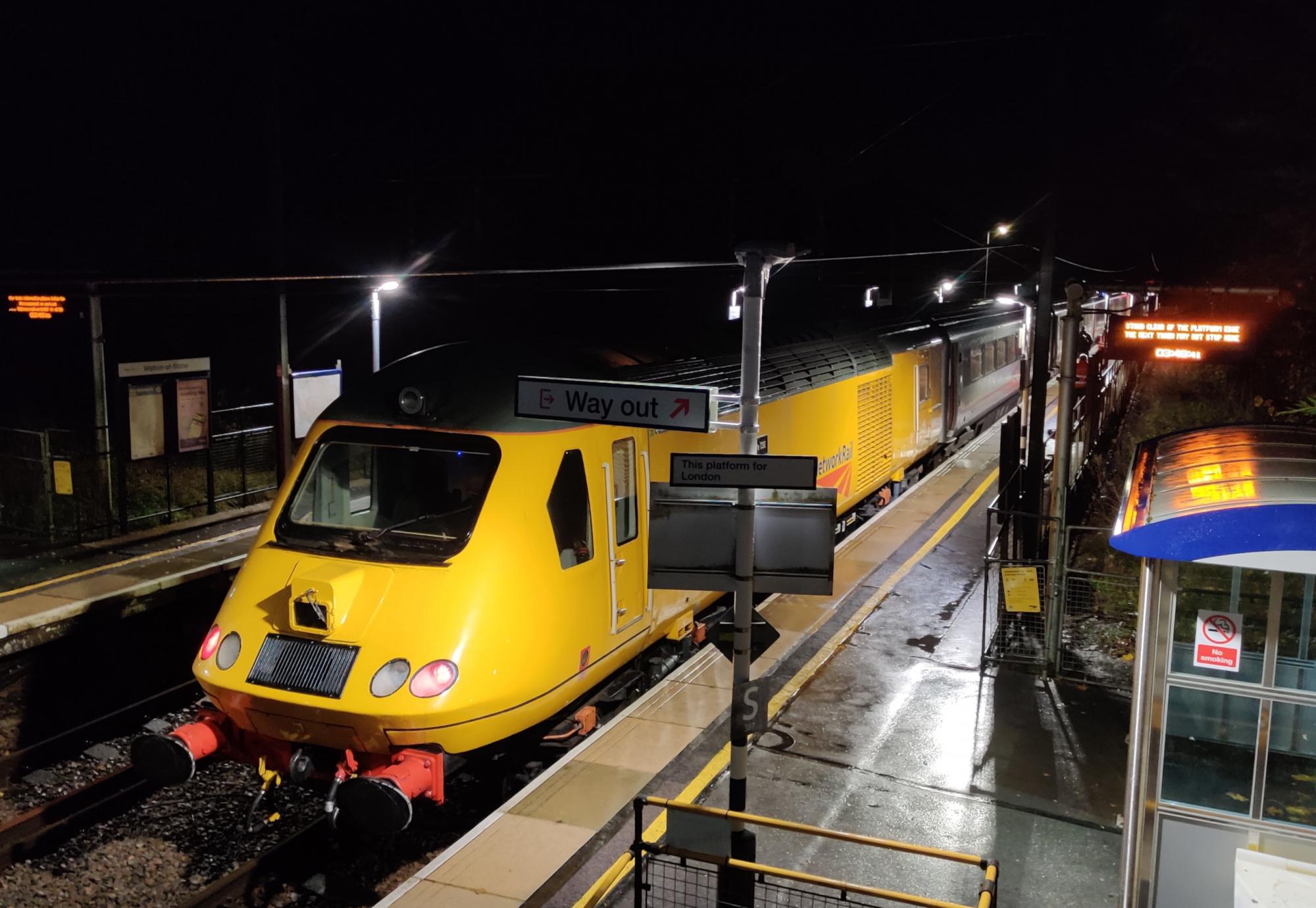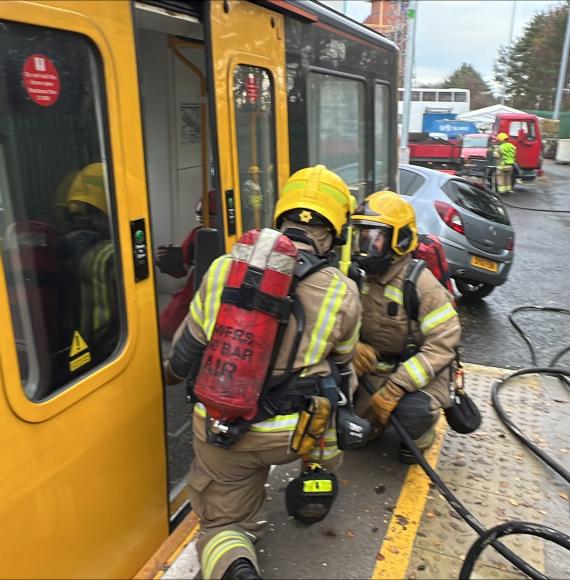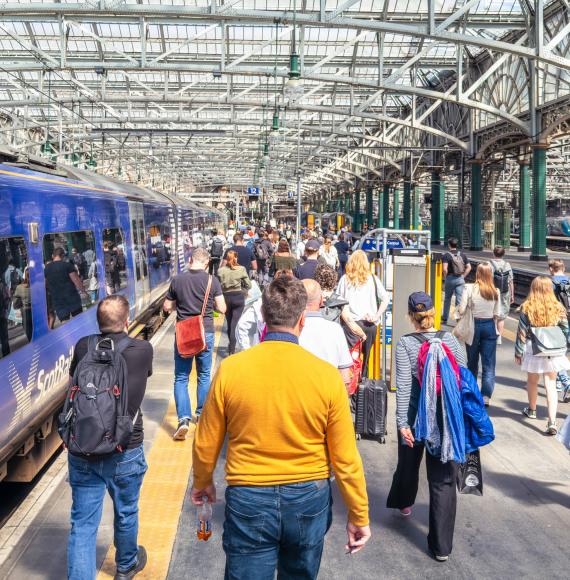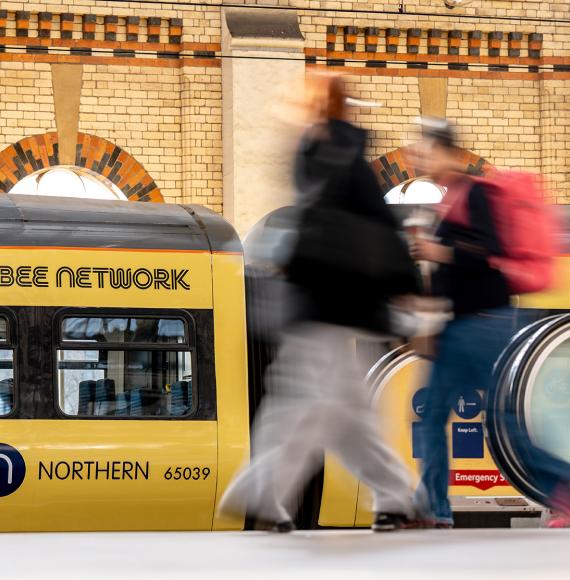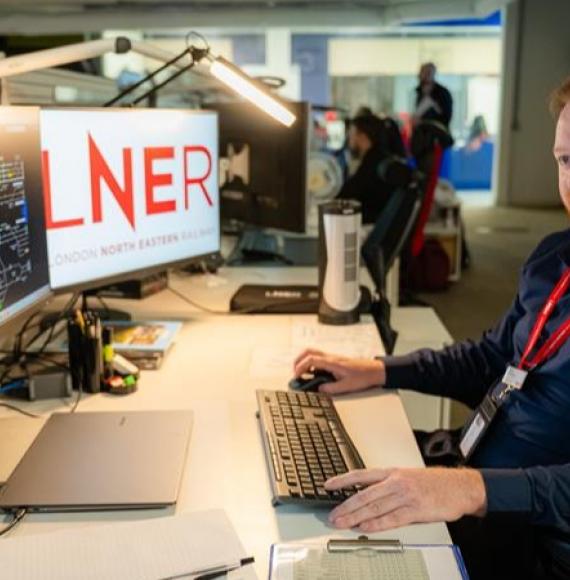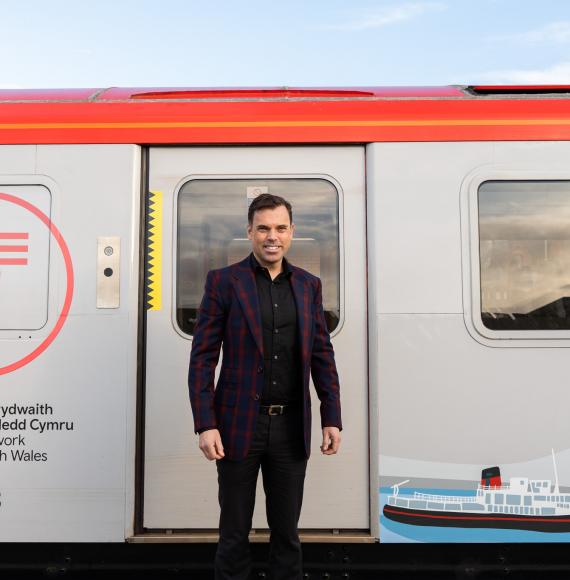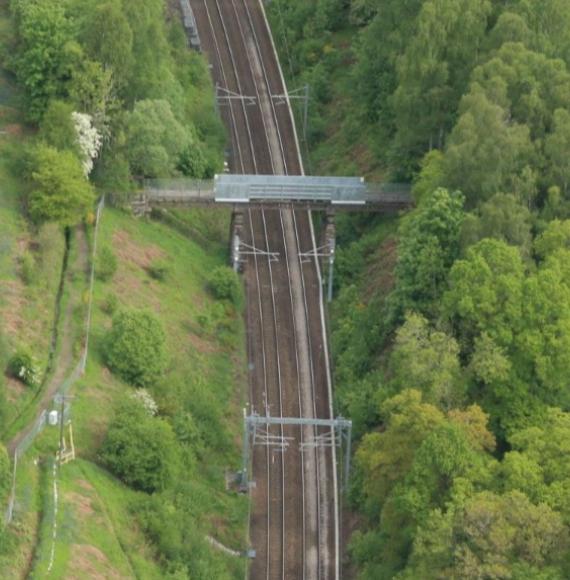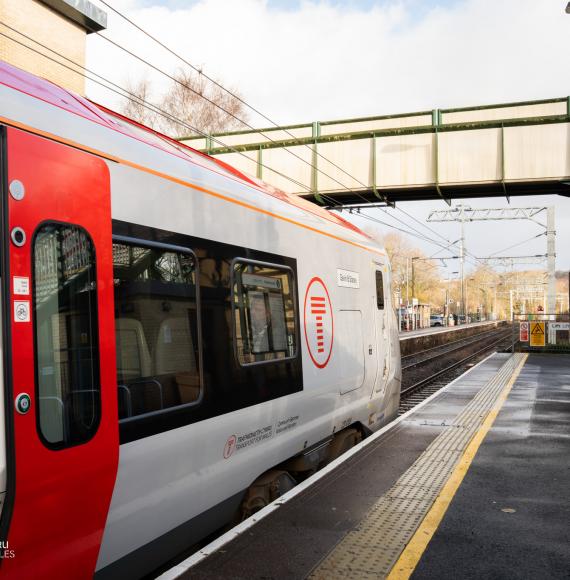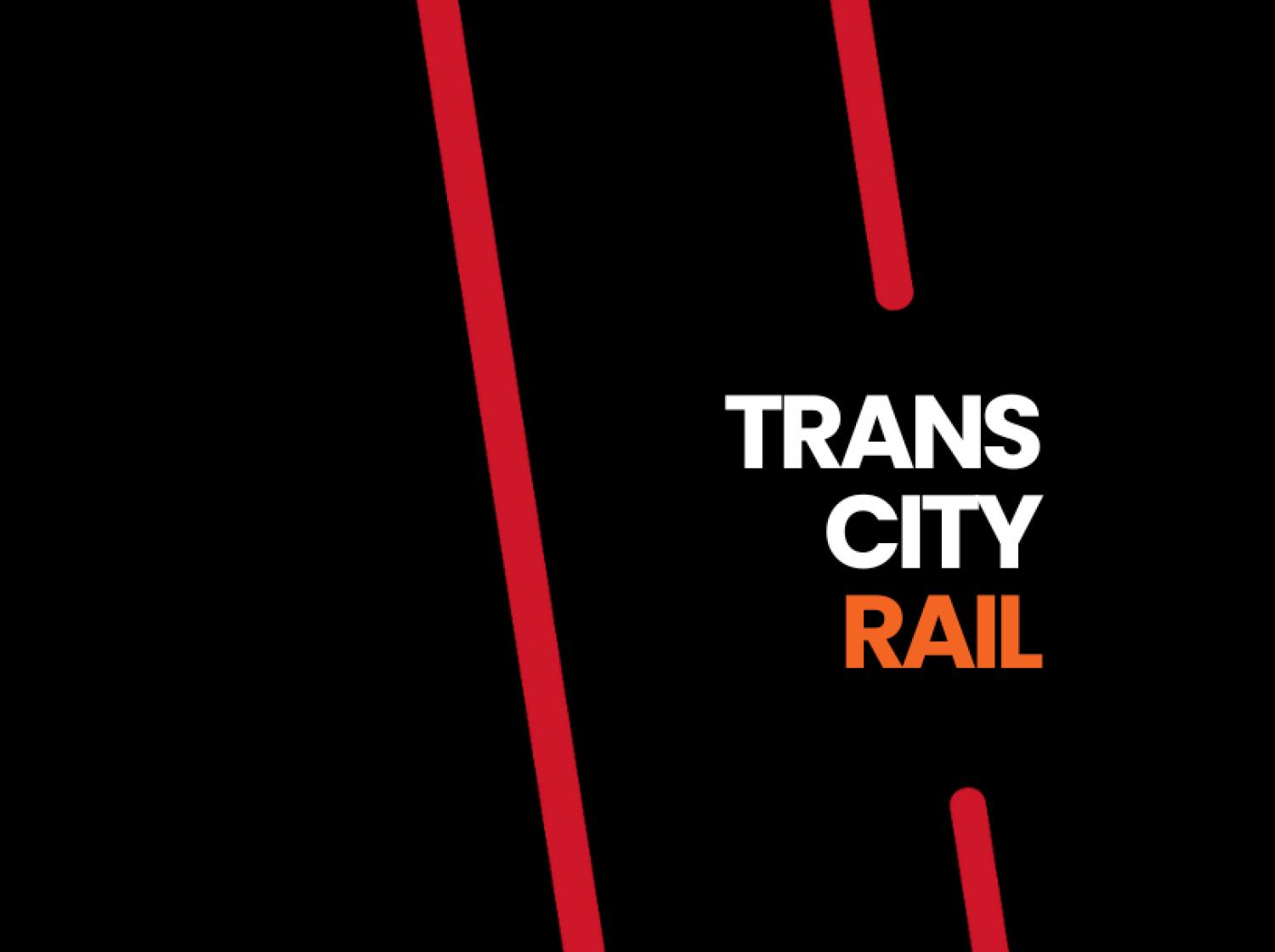A familiar and classic train became a new addition to digital signalling in-cab testing runs on the East Coast Main Line at the weekend.
The iconic High Speed Train (HST), a symbol of British rail heritage, has became the first older generation train to participate in main line digital signalling testing.
Two Class 43 power cars, each fitted with ETCS (European Train Control System) equipment on board, took part in testing between Welwyn Garden City and Hitchin on the East Coast Main Line.
The main line testing is part of the £1.4 billion East Coast Digital Programme (ECDP) that will transform rail operations by replacing traditional, lineside signals with continuous information displayed inside drivers’ cabs, delivering a more punctual and reliable railway.
The HST testing demonstrated the extensive collaboration involved with ECDP. The on-board Hitachi equipment was tested with the Siemens Mobility wayside system, with testing engineers from both companies involved. The train was driven and operated by specialist European rail operator RailAdventure.
Govia Thameslink Railway (GTR), who provided the test train officer for the testing, has provided ETCS training for RailAdventure’s drivers, on both the Northern City Line and the Thameslink route through central London.
The power cars (at the front and rear of the train) involved are normally part of Network Rail’s New Measurement Train (NMT). The NMT, affectionately known as the Flying Banana, uses technology to proactively measure the condition of the tracks. On this occasion, however, the train featured four carriages provided by RailAdventure.
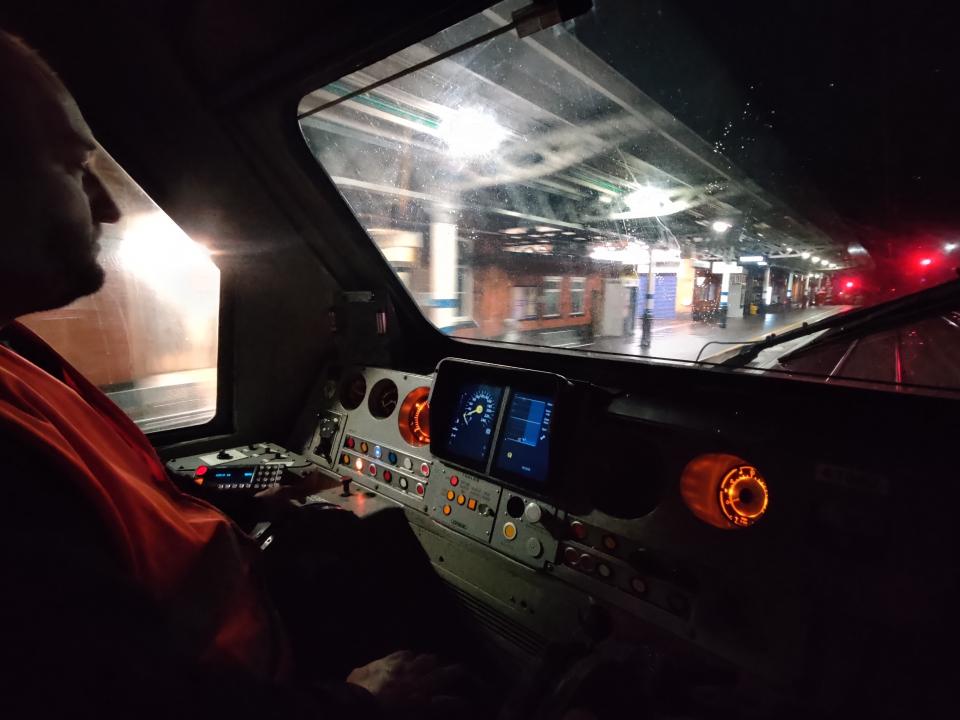
Tank Porteous, Hitachi Rail’s programme director, said:
“The successful integration of our ETCS technology on the iconic HST marks an important step forward in realising the East Coast Digital Programme’s vision. By bridging generations of rolling stock with cutting-edge digital systems, Hitachi Rail is helping to modernise the railway for a more reliable, efficient, and sustainable future. This achievement underscores the critical role of collaboration in delivering transformative change across the UK’s rail network.”
Image credit: Network Rail

